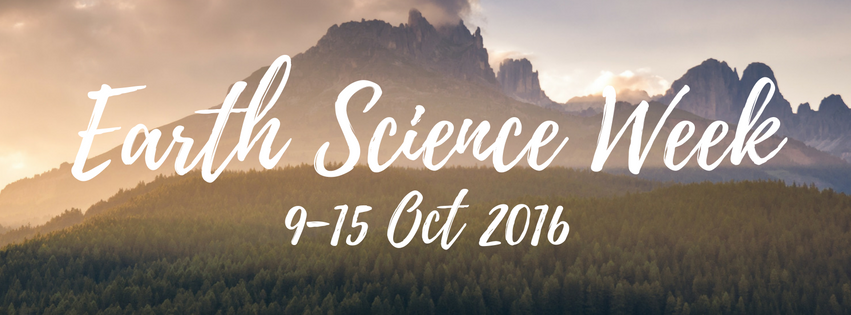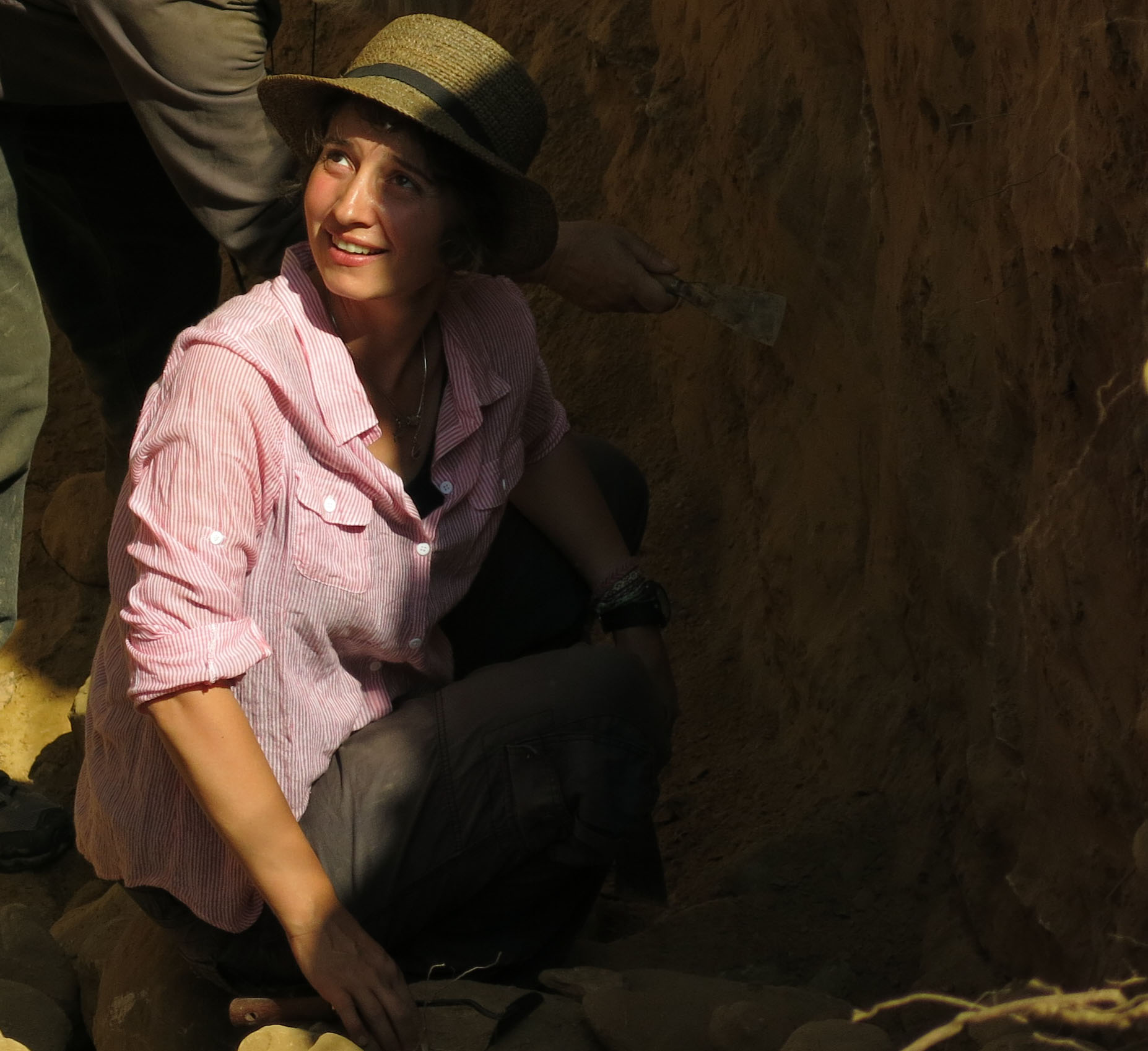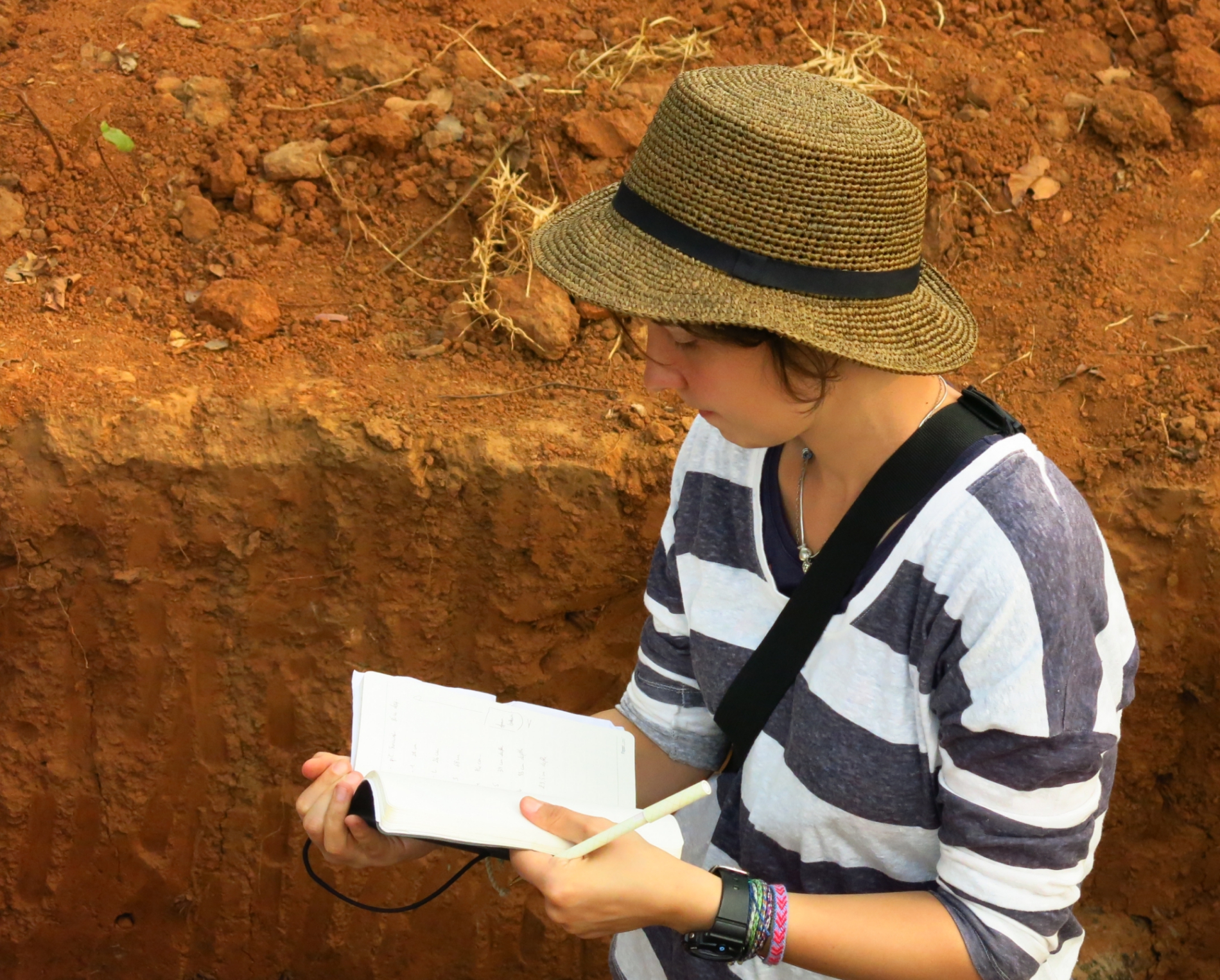
Our scientists travel widely for their research, and one of the most important aspects of it is conducting fieldwork. During their trips, they travel to landscapes almost entirely different from that of Singapore. They also meet all kinds of interesting people — enthusiastic groups of children curious about their scientific equipment, locals who regale them with folktales, and even earthquake survivors with amazing stories to tell.
As part of the 2016 Earth Science Week, we are featuring two stories from our scientists about their most memorable experience while working out in the field. The first story is from Dr Cagil Karakas, a Research Fellow in Professor Paul Tapponnier’s Tectonics Group at the Earth Observatory of Singapore.

Hi, my name is Cagil Karakas. I am originally from Turkey and moved to Singapore three years ago. Currently, I am doing research on the Asian-Indian collision plate boundary. Also known as the Main Himalayan Thrust, it is the largest and fastest-slipping continental megathrust. Today, I would like to share with you a story of what happened to me while I was out in the field collecting data.
Back in the summer of 2009, I went with a colleague to northwestern Turkey to do some fieldwork. We were there to look for morphological and structural markers of the North Anatolian fault propagation.
Whenever I prepare myself for fieldwork, I tend to focus more on the logistics, such as field documents (maps), equipment, 4-wheel car rental, hotel bookings, etc. And so, I gave less importance to the safety aspects of this trip.
The area that I was working in is well known for the CCHF-carrying ticks during the summer seasons. CCHF here stands for Crimean-Congo hemorrhagic fever. We were advised of the need to always wear a long-sleeved top, long pants, and to cover as much area of our skin as we could. This was so that we wouldn’t get bitten when going into the bushes to look for a promising outcrop.

One early morning, at around 6 am, I discovered a black, dotted “thing” under my armpit while taking my shower. It was very small, only about 3mm in length. I quickly woke my colleague up and asked her to take me to the nearest hospital. There, the medical staff confirmed that the “thing” was actually a tick!
The Doctor on Call picked it off very carefully and said to me: “You have to watch yourself for the next seven to 10 days. If you feel dizzy, or if you come down with a fever and rashes on your body, you must go to the hospital. If you don’t have any of these symptoms in the next 10 days, then you can carry on as usual. But, right now, we need to run a blood test to check your values.” This may have been a typical speech to him, but it sounded so serious and shocking to me that I fainted!
When I woke up in the nurses’ changing room, I was lying on a couch and my blood was getting drawn. Thankfully, it wasn’t long before I was feeling well enough to leave the hospital and head to the field to continue with my work. My colleague was worried about me, but I intentionally wanted to keep my appointment to map one of the most important outcrops we had previously identified in photos to stop myself from panicking.
In the end, bitten or not, I continued like nothing had happened. But, since the incident, I have become more wary of the risks of getting bitten by insects and becoming infected with the viruses they carry. I certainly have learnt my lesson.
Please click here for part 2.